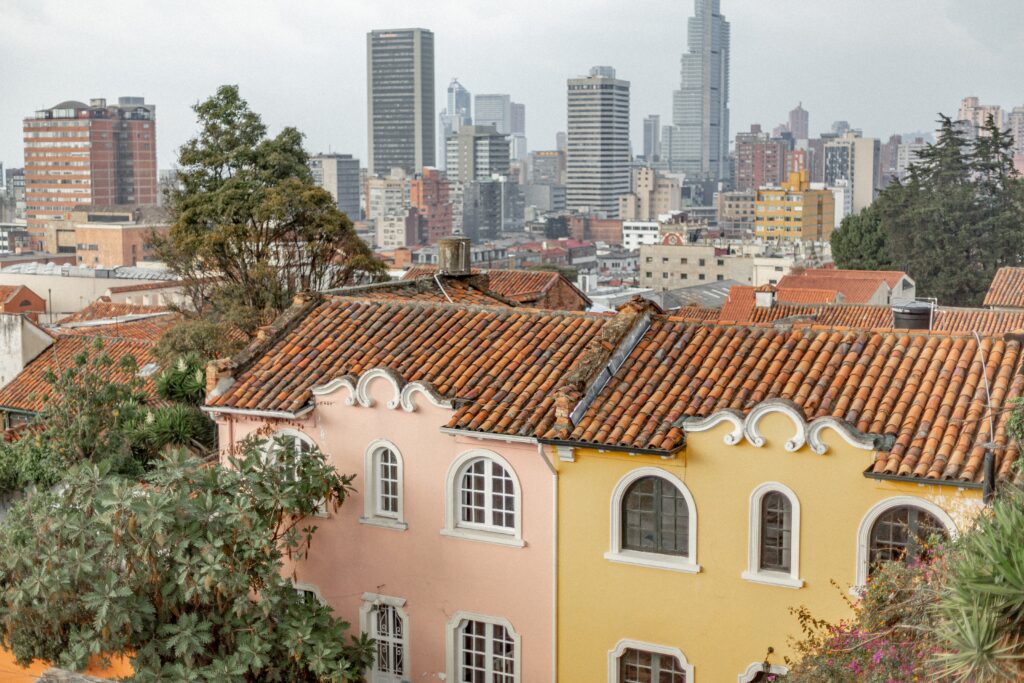
China: Our Eyes on the Ground
Since 2016, China’s dynamic blend of technology, scale, and culture has been my passion. Join me as we explore its transformative landscape and four standout aspects.
After decades of economic, political and social turmoil, Colombia is beginning to show signs of recovery. Now regarded as South America’s fourth largest economy, it is also projected to grow by circa 3 percent over the next year, according to the Organisation for Economic Cooperation and Development (OECD), as a combination of lower interest rates, stronger infrastructure spending and higher oil prices boosts investment.
While the forecasted rise seems modest, it represents a huge achievement for a country that was until recently more famous for narcotics and sky-high crime rates than for its prudent fiscal policies. It’s also evidence that the civil outlook has changed for Colombia, with internecine squabbling among its government and opposition parties giving way to a more stable rule of law and an increased focus on globalisation via free trade and foreign investment. In fact, FDI grew to a record $14.5bn in 2017.

Exports are a key ingredient in Colombia’s regeneration: the traditional focus on mining and energy sectors, as well as trade in coffee, flowers, and bananas, has been recalibrated to nurture growth areas including agro-food, IT and tourism. As a case in point, Colombia has begun offering tax incentives for IT startups, enabling the development of a $6.8bn industry employing thousands of people.
Switching the narrative
The economic progress comes after decades of decline which have their roots in an armed conflict that can be traced back to the 1940s. Clashes between government forces, armed activists and drug lords have done untold damage to the country and its citizens in the intervening years. However, after a treaty was signed in 2016 between then-president Santos and FARC guerrillas, violence has de-escalated and economic growth re-started.
Colombia has had much to overcome in its bid to establish a modern economy. As the world’s largest producer of cocaine, it has spent 30 years or so trying to tackle warring drugs cartels who’ve regarded the despoliation of natural resources and the decimation of communities as acceptable collateral damage.
A new president – Iván Duque – was elected to office last year and has pledged to reduce coca production significantly. But coca-leaf growers claim that in order to effect real and lasting change, there will need to be renewed efforts help farmers plant substitutes like cacao and coffee rather than expending resources on destroying illicit crops. Greater investment the rural road infrastructure will also be essential if farmers are to be able to transport and sell alternative crops. In those regions the government’s programs are being properly implemented, communities are already seeing successes.
Facing fresh challenges
Colombia may now be regarded as one of the most stable economies in South America, thanks to emerging industries and reductions in narco-traffic and crimes, but it still faces many challenges – not least the influx of more than a million refugees from neighbouring Venezuela. The new president is also under pressure from citizens who feel he hasn’t achieved enough in the first few months in office and who are hungry for more and faster reforms.
The OECD believes that Colombia needs to fast-track its transformation, reducing its reliance on natural resources and increasing productivity if it is to stand a chance of catching up to more advanced economies. Greater investment in innovation is essential (R&D only accounts for 0.25 percent of GDP currently), together with increased financing for regional development. A consultative process is underway to assess priorities for increasing exports and productivity in all regions.
Creating the right conditions for success
As global oil prices continue to slump, it’s clear that any economic model that relies heavily on oil assets is facing an uncertain future. Colombia is at a ‘turning point’ according to the IMF; if it can kick-start infrastructure and transport projects, regulate the labour market and reduce barriers to international trade, Colombia could exceed economic forecasts and create more high-quality jobs. Diversification is a key goal to ensure greater stability with less volatility. Although more challenges lie ahead, a more favourable global market, combined with tighter fiscal policies, leaves Colombia well placed for even greater gains in 2019.


Since 2016, China’s dynamic blend of technology, scale, and culture has been my passion. Join me as we explore its transformative landscape and four standout aspects.

Italy is renowned for its timeless elegance and passion for speed, making it the perfect destination for those who appreciate both fashion and automobiles.
Join our mailing list to stay up to date and get notices about our new programs!
Join our mailing list to stay up to date and get notices about our new programs!